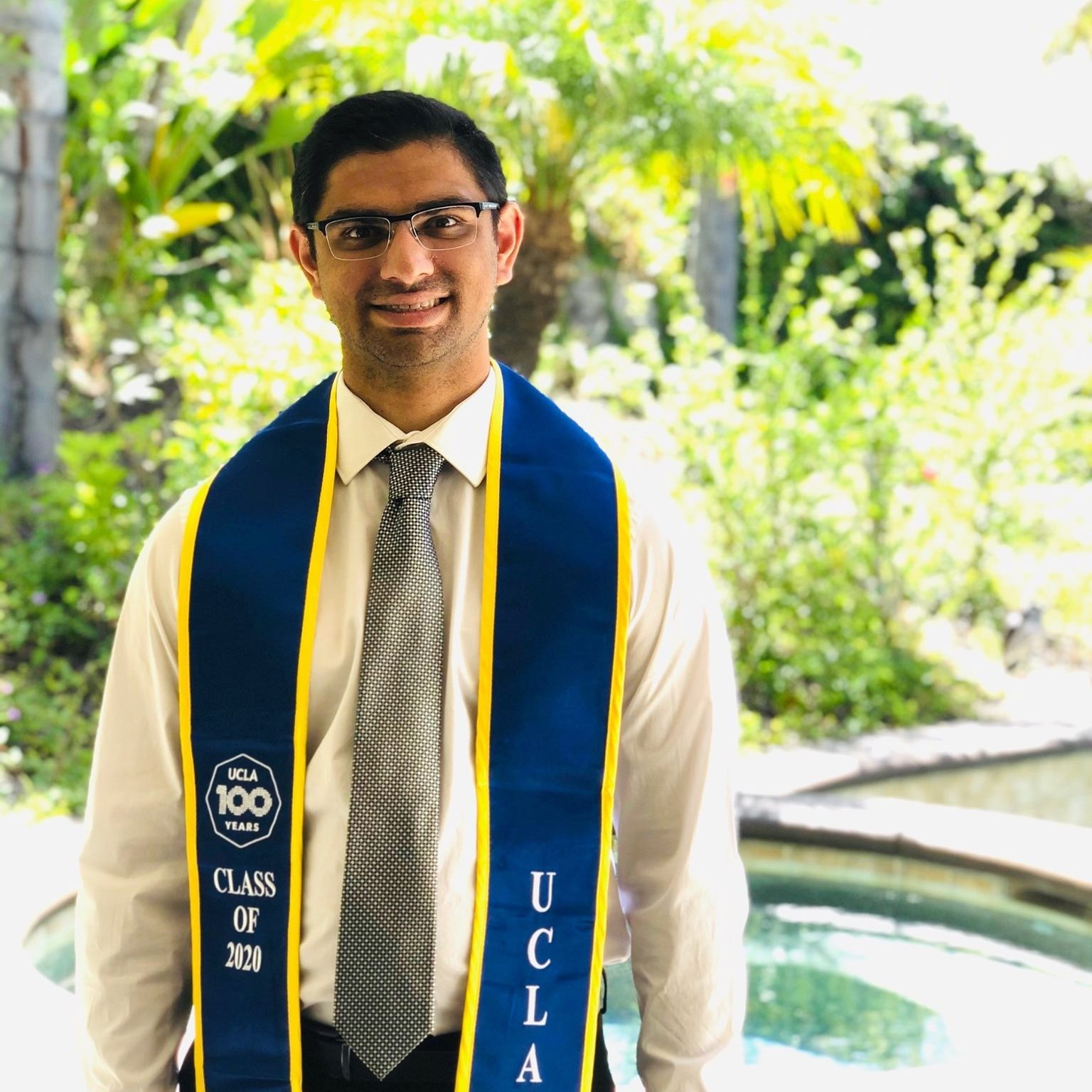Patrick Han
Suvir Mehrota
UCLA ECE
Hello! This is the project website for "Home IoT Management in ARENA" (Augmented Reality Edge Network Architecture) for
ECE M202A (Embedded Systems) for the Fall 2020 quarter. This is a group project completed by
Patrick Han and Suvir Mehrota under the supervision of Professor Mani Srivastava. Additionally,
we would like to acknowledge our thanks to Nuno Pereira and Michael Farb at
Carnegie Mellon University
who were our 2 main points of contact regarding the ARENA framework over the course of this project.
You'll be able to find links to demonstration videos, source code, and slides on this website.
Abstract
Mixed reality is the idea of combining virtual and real worlds in order to create an environment where both physical and digital objects exist.
This hybrid between reality and virtual reality allows for interaction between the physical and virtual worlds.
In the past mixed reality has been used in fields such as simulation-based learning, remote learning, and military training.
ARENA is a framework that makes it easy to create and share mixed reality content.
In the past there have been several
technical hurdles that prevented developers from making easily accessible mixed reality content including, but not
limited to: latency requirements, synchronization between multiple users, and a diversity in compute capabilities.
Using the ARENA framework, we'd like to demonstrate a use case that brings to light the advances made in this area
regarding development.
Due to the COVID-19 pandemic, our use of spaces is relatively limited.
Naturally, the home/apartment becomes a great candidate for mixed reality use in this time.
In this project, we've created two demos that showcase the use of sensing and mixed reality: Generalized Heatmaps and
Smart Lock Management. Both demos demonstrate how users can interact with internet-connected sensors to enable a greater
depth of understanding in an environment.
Anyone with access to the appropriate link can, through a web browser,
explore these virtual spaces and interact with the physical world themselves.
Although management of IoT devices remotely is by no means a novel concept, ARENA allows users to do so with a
physical touch.
Source Code and Referenced Code
The following links will direct to the original GitHub repositories associated with each demo:
Generalized Heat Maps
Smart Lock Management
Source code copies of demo code in this website's repository
The above repositories contain code specific to this project. We of course, are grateful for example code snippets
that we used for some portions of our own programs. The proper references and credit for that code can be found
under the "References" section in the menu bar at the top of this page. Or click here.
Other Relevant Project Files
Final Presentation Slides
3D Files
About & Contributions
Patrick Han is a first-year Master's student in the UCLA Electrical Engineering department advised by Professor Mani Srivastava.
For this project his main contributions were: developing the "Generalized Heatmaps" demo, creating, recording, and editing the presentation
videos, and the creation of this website.

Suvir Mehrota is an Undergraduate Senior in the UCLA Computer Science department.
For this project his main contributions were: developing the "Smart Lock Management" demo and helping create
and record presentation videos.

Final Presentation Video
Timeline
Weeks 1-2 (Oct.5):
- Generally searched for ideas for the project.
- Focused in on the idea of Mixed Reality/Augmented Reality
- Decided to pursue a project using the ARENA framework
Week 3:
- Researched the ARENA framework and looked into its uses
- Created project GitHub website
Week 4:
- Completed ARENA tutorial on the framework website
- Began discussion of using physical sensors with ARENA for interaction
- Completed Proposal and began exploring the framework using the Python API
Week 5:
- Began background research on Mixed Reality and its implementations
- Research focused on how it could help with simulation-based learning and remote activity
Week 6:
- Figured out how to read Arduino sensor data and serial port output in Python
- Decided on the specific demo we wanted to showcase for our midterm presentation
Weeks 7-8:
- Implemented and tested a sensor reading demo for the Arduino 33 BLE Sense
- Prepared a 5-minute midterm video presentation with slides on our progress
Weeks 10-11:
- Finished developing final 2 complex demos
- Finalized and polished project website
- Created 15 minute final presentation video and turned in project